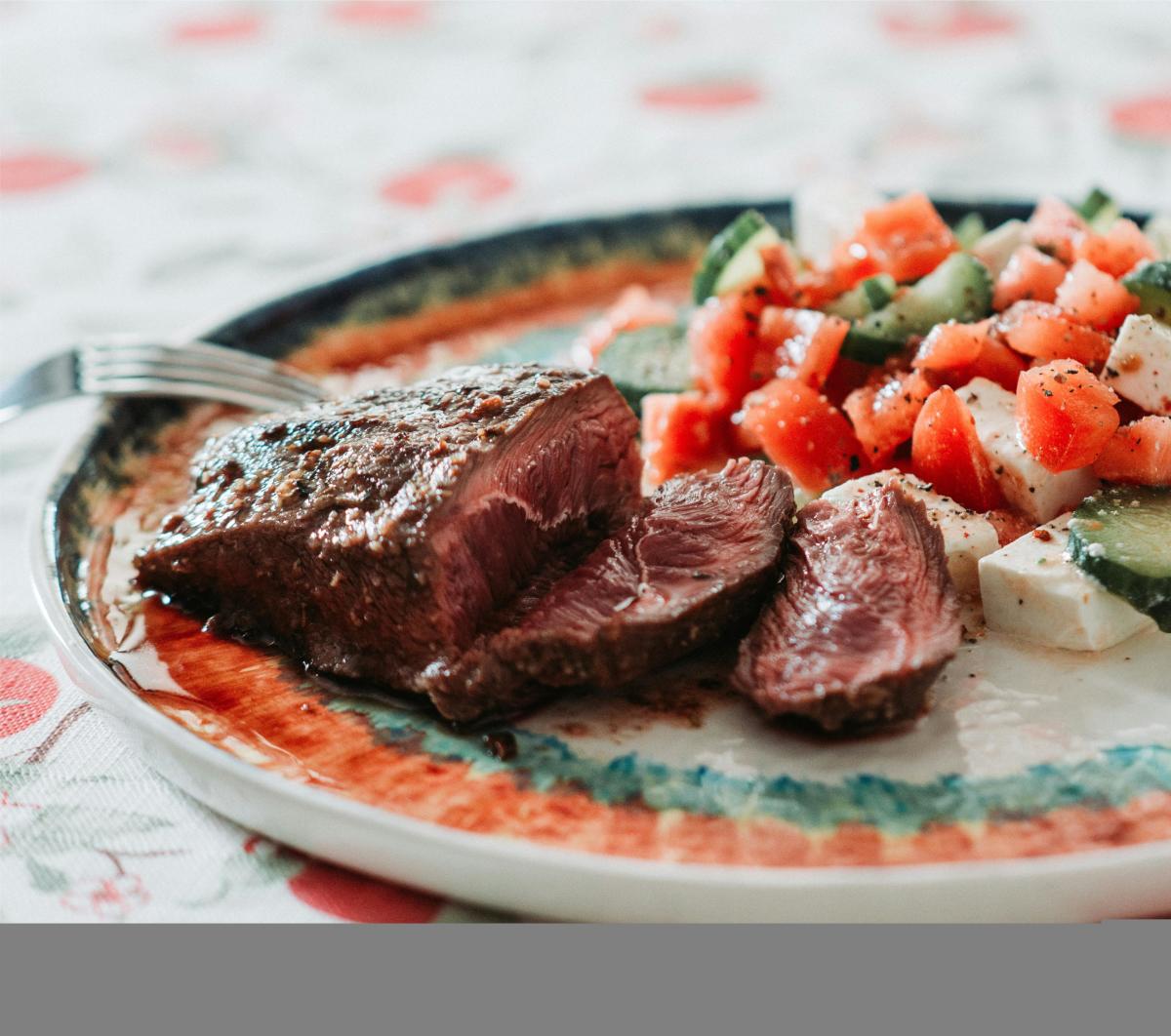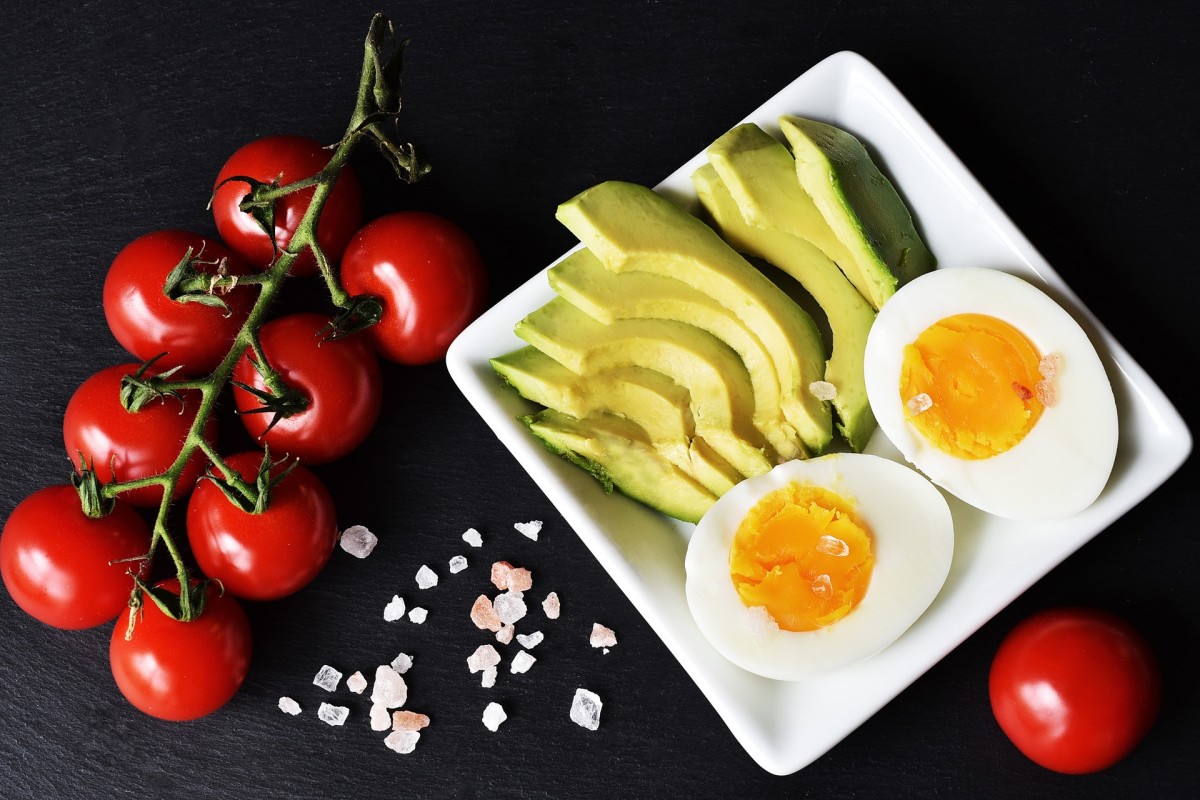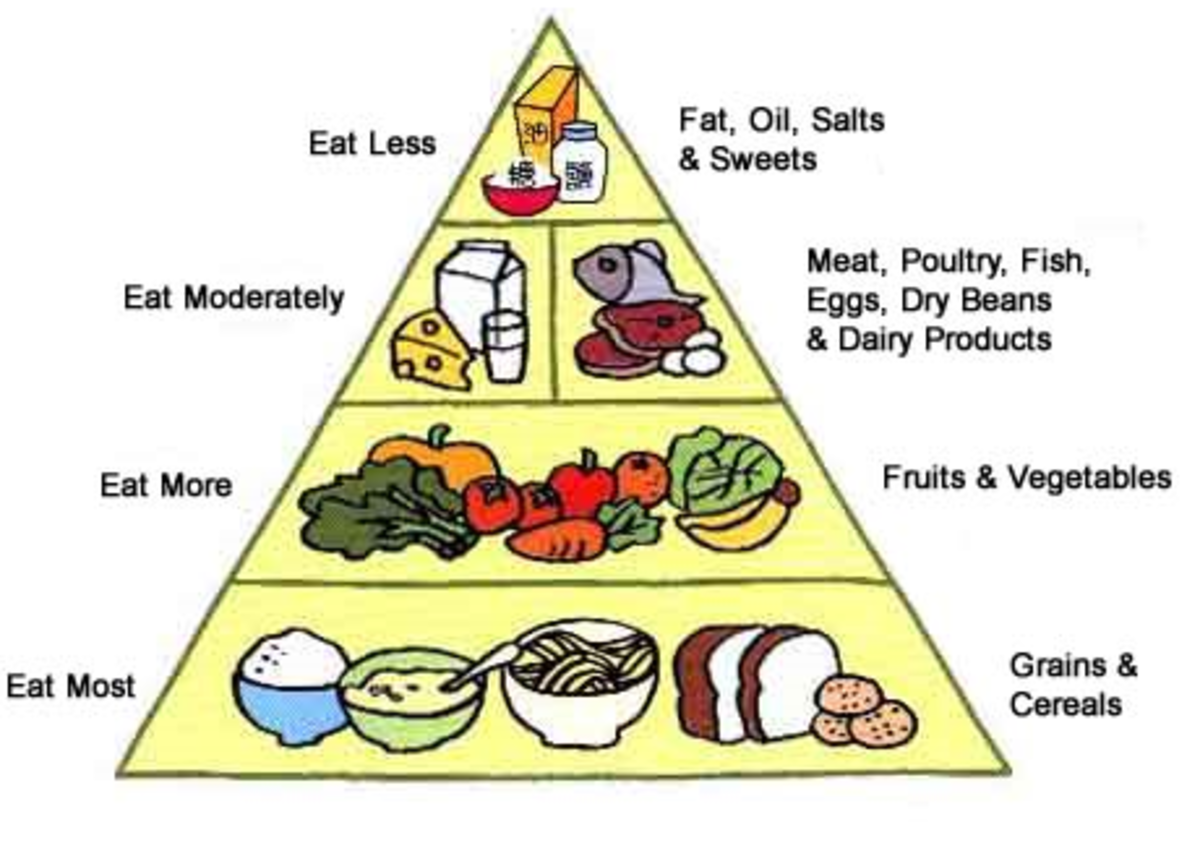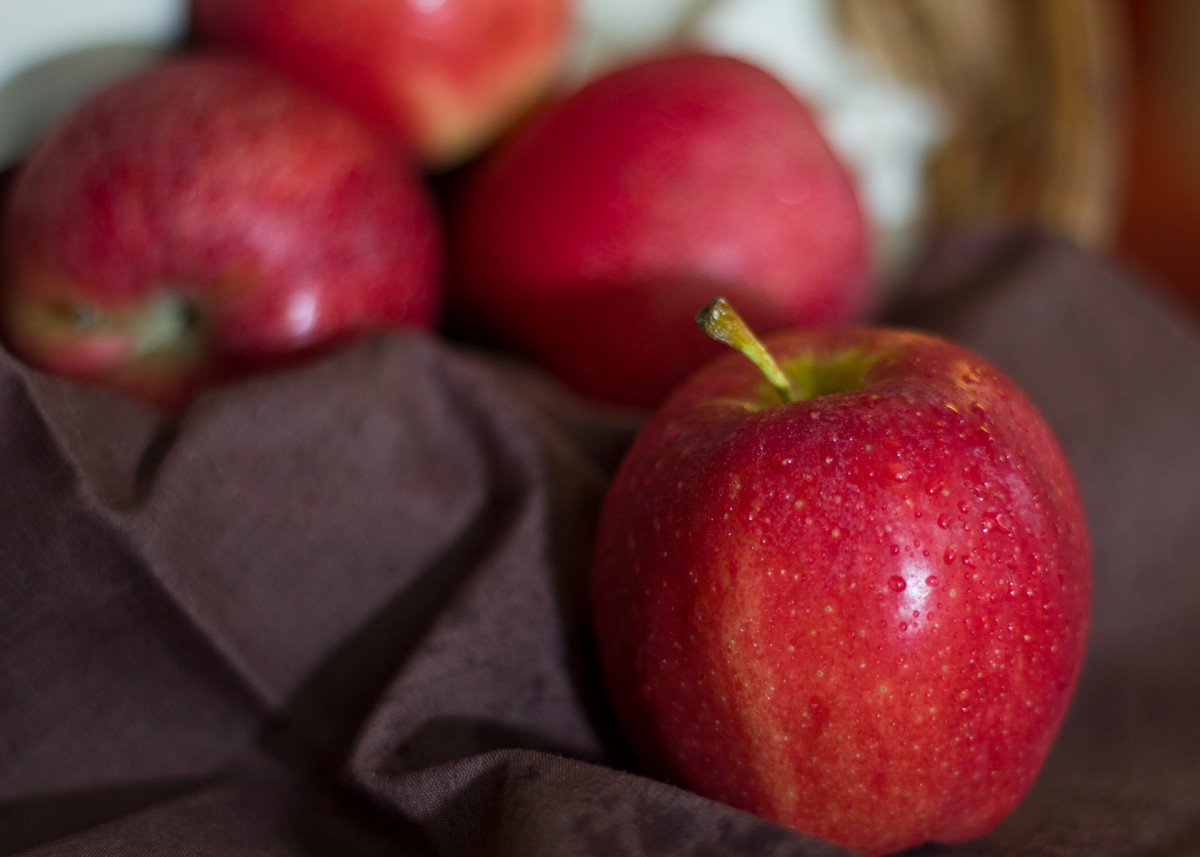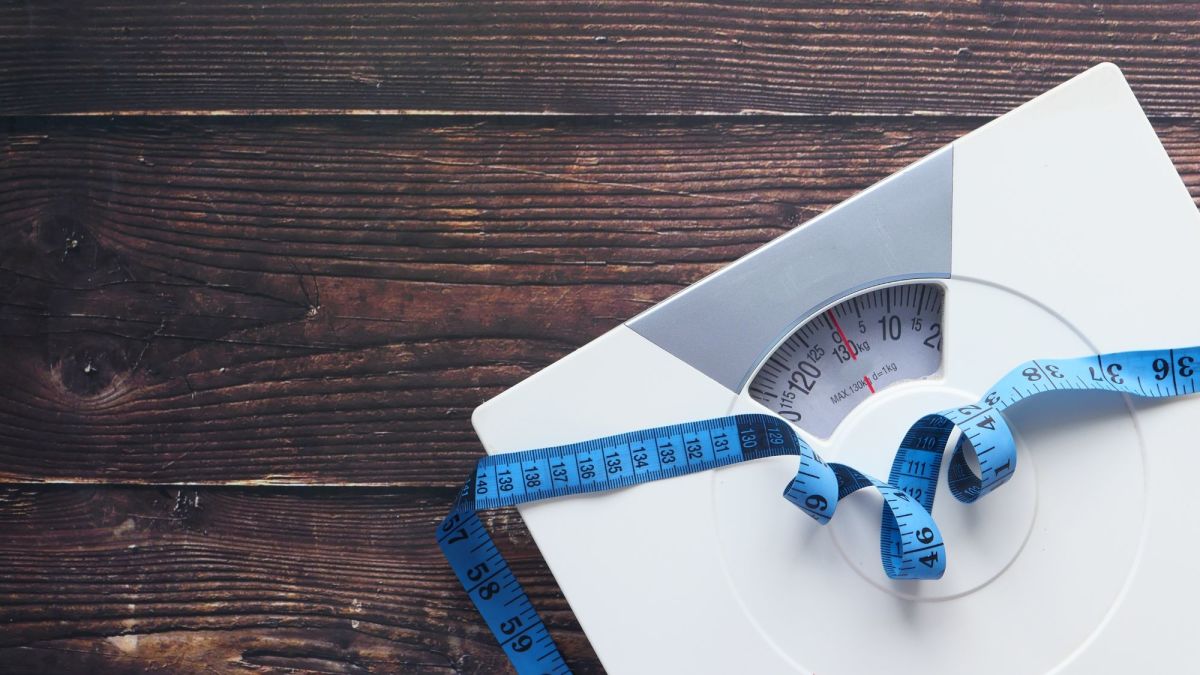New Atkins for a New You Diet
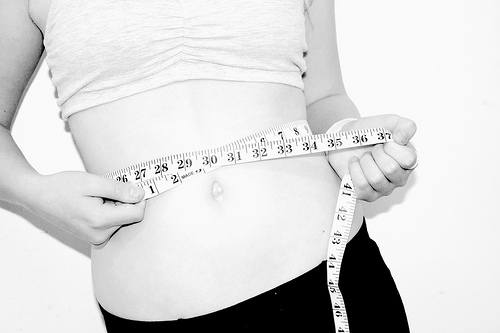
The Atkins Diet or the Atkins Nutritional Approach is a low carbohydrate diet originally devised by Dr Robert Atkins to tackle his own weight problems. Since it was first introduced in 1972 the Atkins Diet has developed and evolved through the years and even the death of Dr Atkins in 2003 has not stopped this progression. The latest version of the world famous diet is “"The New Atkins for a New You” and it claims to be “The Ultimate Diet for Shedding Weight and Feeling Great".
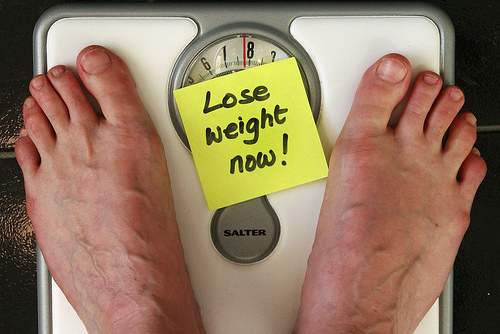
The Authors
The authors of the latest book are Dr Eric Westman, Dr Stephen Phinney and Dr Jeff Volek.
Dr Eric C Westman obtained his Medical Degree from the University of Wisconsin, completed his Internal Medicine residency at the University of Kentucky, and he took his Masters degree in Biostatistics during a General Medicine Fellowship at Duke University Medical Center He is now an associate professor of medicine at Duke University Health System and a director of the Duke Lifestyle Medicine Clinic. He is the current vice president of the American Society of Bariatric Physicians and a fellow of the Obesity Society and the Society of General Internal Medicine. He specializes in low-carbohydrate nutrition combining clinical research and clinical care to deliver lifestyle treatments for obesity and diabetes.
Dr Stephen D Phinney obtained his medical degree from Stanford University and his Ph.D. in nutritional biochemistry from MIT. He is a Professor of Medicine, Emeritus at University of California Davis School of Medicine. He has spent over 30 years studying the interaction between diet and exercise and how they impact on obesity, body composition, physical performance, and cellular membrane structure and he has published more than 70 peer-reviewed papers
Dr Jeff S Volek obtained his degree in Dietetics from Michigan State University and a degree in Exercise Science from Pennsylvania State University where he also studied for his Ph D in Kinesiology and Nutrition. He is an associate professor and exercise and nutrition researcher in the Department of Kinesiology at the University of Connecticut His specialist area is low carbohydrate diets and how these impact on diabetes, cardiovascular disease and metabolism.
The Thinking behind the New Atkins Diet
The New Atkins Diet has tried to distance itself from the "all you can eat -- bacon, egg, and cheese diet" or the "No Carbs Diet” that the Atkins Diet was perceived to be. One of the ways this is trying to be achieved is by marketing Atkins as “sweet, sexy science”. Atkins is a diet based on eating fewer refined carbohydrates and refined sugars – or what is referred to as "bad carbs” and this trains your body to burn more fat and for fat – including your own stored body fat to become your primary source of energy.
The New Atkins Diet is a flexible lifetime eating plan optimally balanced for each individual to take into account their age, gender, level of physical activity, and metabolic rate. You can’t eat anything that you want in any quantity you like but you do have the freedom to make the choices that are right for your body. The diet incorporates food from all groups and with the backing of medical research it is now considered by many to be a safe and effective treatment to tackle obesity, high cholesterol and Type 2 diabetes.
The Four Phases
The plan has four phases and you can start the plan with any of the first three phases. The four phases allow you to tailor your diet to your own goals and in each phase, you learn to choose the right foods to reach your goals.
The four phases are:
- Induction
- Ongoing Weight Loss
- Pre-Maintenance
- Lifetime Maintenance
The Induction Phase
Induction, is a brief, jumpstart to increase your metabolism and your body's fat burning power. During Induction, you'll reduce your carbohydrate intake to 20 Net Carbs per day.
What you'll eat during this phase
- Chicken, turkey, lean beef, fish, shellfish, lamb, pork, veal, eggs, and a variety of vegetable proteins
- Natural fats - olive oil, safflower oil, butter and avocado
- Leafy greens and vegetables - salad greens and non-starchy vegetables should make up around 12 grams of Net Carbs per day
You can also have additional carbs - every day:
- Up to 4 ounces of cheese
- 10 to 20 olives for a quick snack
- 1/2 an avocado
- An ounce of sour cream or three ounces of unsweetened cream for your coffee
- Up to 3 tablespoons lemon or lime juice
What you'll avoid during this phase
- Added sugars and trans fats
- Whole, reduced fat or skimmed milk
- Potatoes, yams, squash and other starchy vegetables
- Bread, pasta, grain
- Fruit - except for avocados, tomatoes and olives
- Nuts or seeds
- Any foods that combine protein and carbs such as lentils, chickpeas, kidney beans and other legumes
OWL - Ongoing Weight Loss Phase
This is the main weight loss phase of the diet which gives a more varied diet than the Induction phase but a slower rate of weight loss of one to two lbs a week. You stay in OWL until you are within five to ten pounds of your target weight. You slowly increase the level and variety of carbohydrates from 25 grams a day until you reach your CCLL Critical Carbohydrates Level for Losing. To work this out you increase the daily level of carbohydrate consumed each week by 5 grams until the weight loss stops. To start losing weight you just cut back on your carbohydrates until you weight loss resumes.
You add carbohydrates in the order listed below, starting with more vegetables but you add items from one group each week and you only add one item from that group at a time. Following this strategy is key as it allows your body to adjust to a slightly higher level of carbohydrates in your diet without slowing your metabolism. Some people will reach level seven on OWL but others will find that these foods slow down their weight loss.
- Salad and low GI vegetables such as tomatoes, onions and spinach
- Seeds and nuts
- Berries
- Legumes such as lentils, chickpeas, kidney and soya beans
- Fruits, other than berries
- Starchy vegetables such as carrots, sweet potatoes, peas and parsnips.
- Whole grains such as oats and brown rice
Pre-Maintenance
When you are within 5lb to 10lb of your target weight you move to Pre-Maintenance where you increase the amount of carbohydrates eaten so that your body will increasingly rely on them for energy rather than fat. This phase is designed to bridge the gap between losing the last few pounds and maintaining your ideal weight. Once you reach your ideal weight you continue in pre-maintenance for a further four weeks before moving to Lifetime Maintenance
You increase your daily intake of carbohydrates by 10 grams each week continuing to reintroduce foods one at a time from the seven food groupings of OWL.
You alter the ratio of foods on your plate to allow for the increased level of carbohydrate by reducing the amount of fat and protein.
You establish when your carbohydrate intake is right for you because your weight will remain stable and this level of carbohydrate intake is your Atkins Carbohydrate Equilibrium, or ACE.
Lifetime Maintenance
During this phase your goal is to keep your carbohydrate intake at your ACE, Atkins Carbohydrate Equilibrium and by doing this your weight should not fluctuate up or down by more than two or three pounds either.
What you'll eat during this phase
- lean protein
- good fats
- a rich variety of good carbs
- high fibre fruits and vegetables
- nuts and whole grains
What you'll continue to avoid
- bad fats
- refined foods made with white flours and sugar with little or no fibre
This article is one of a series that I've written reviewing some of the more popular weight loss and lifestyle programs. If you found this article interesting you may enjoy reading the others in the series which are



